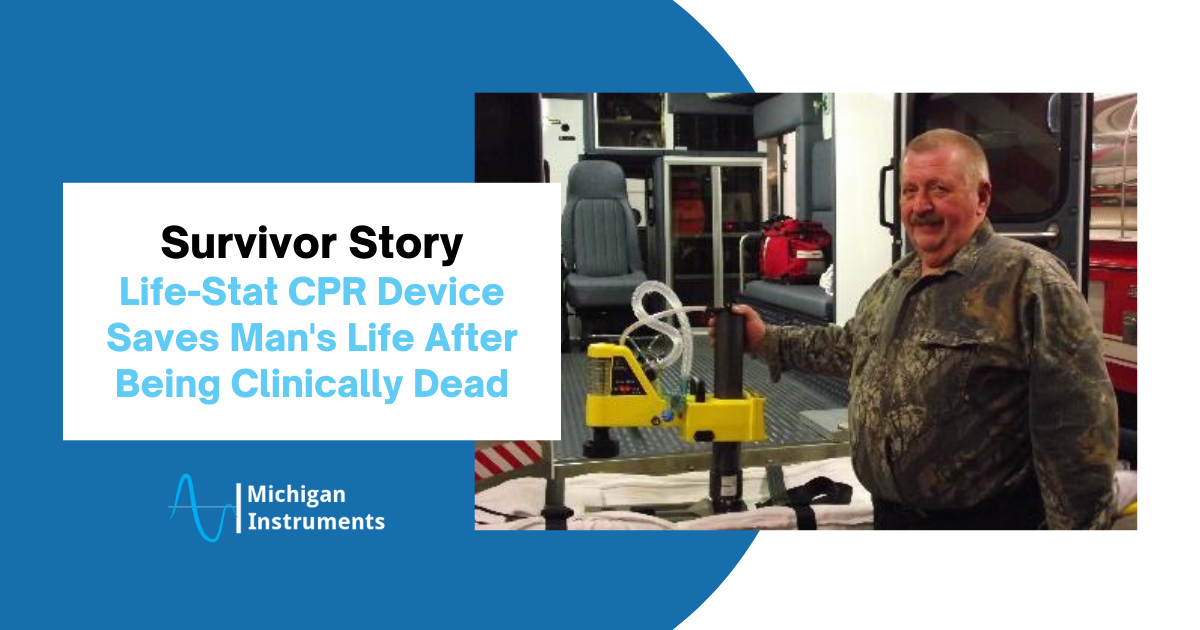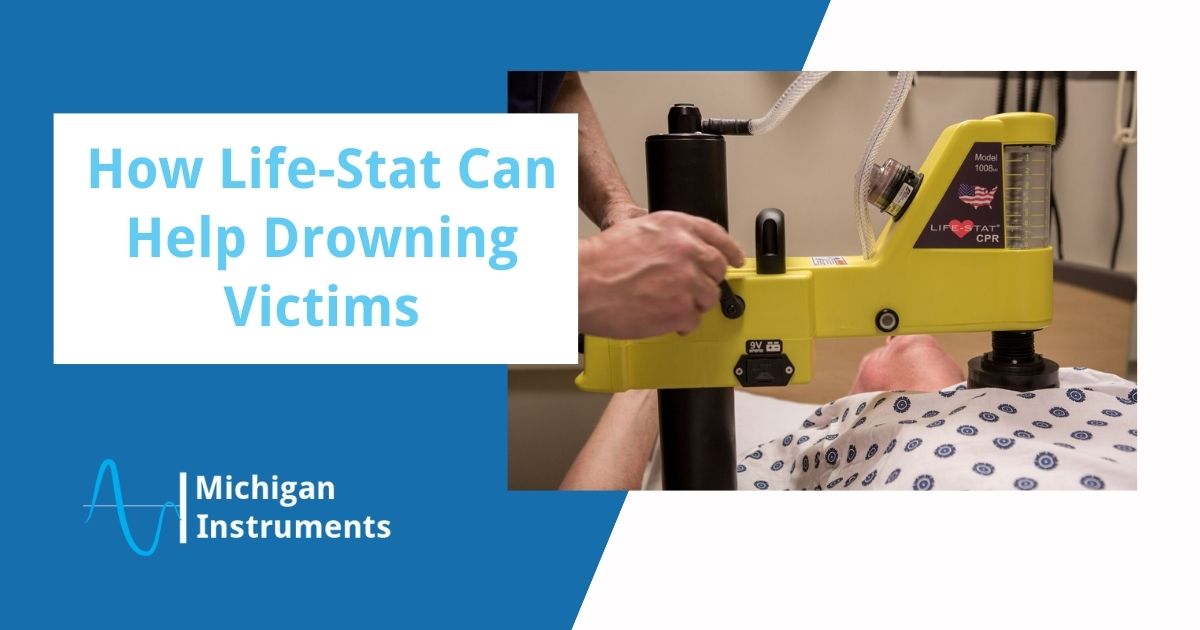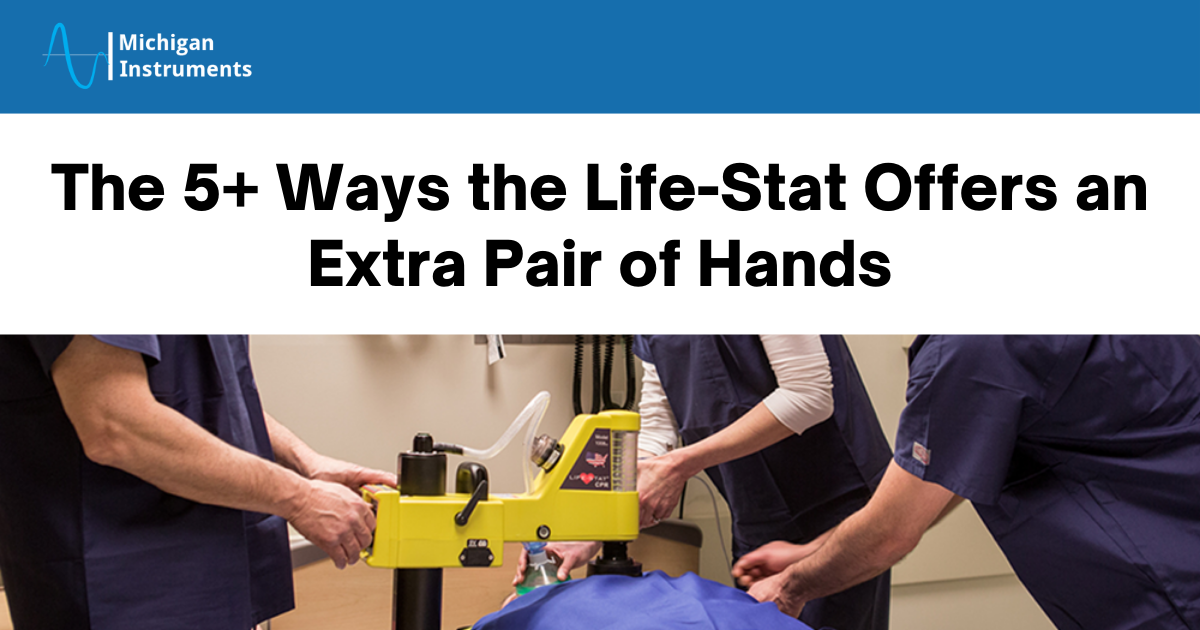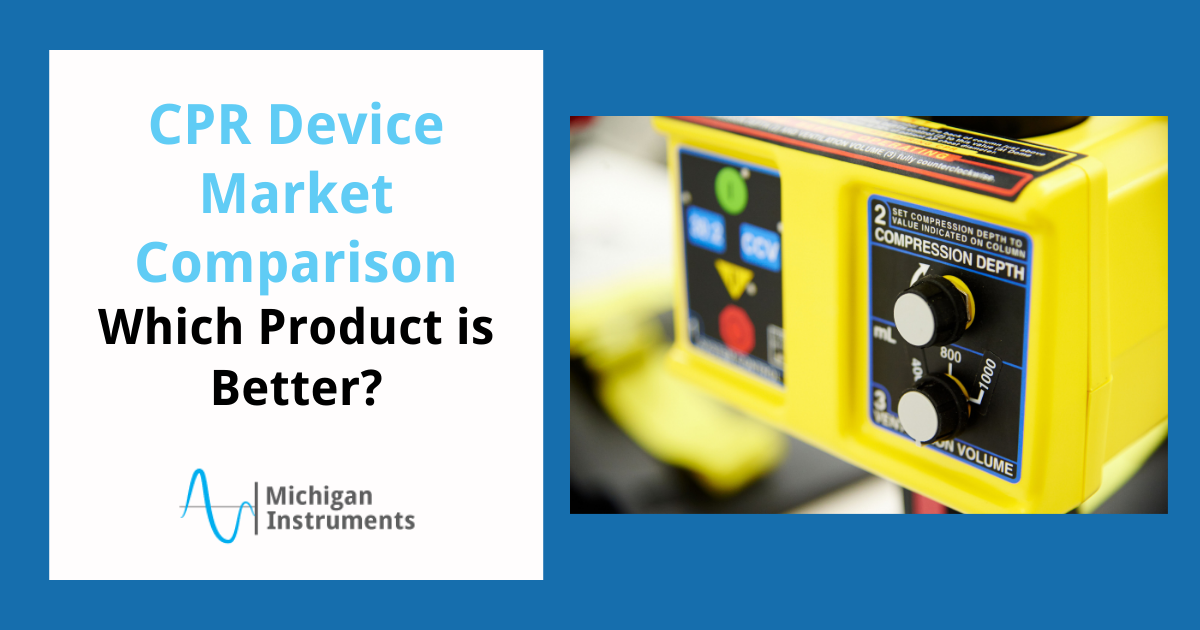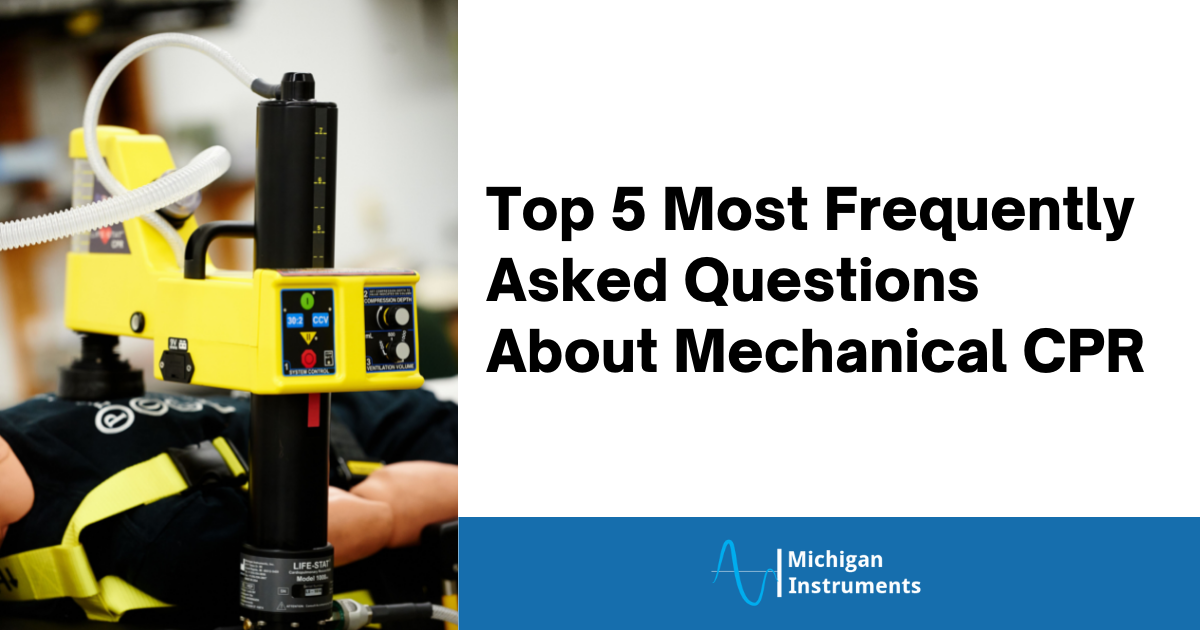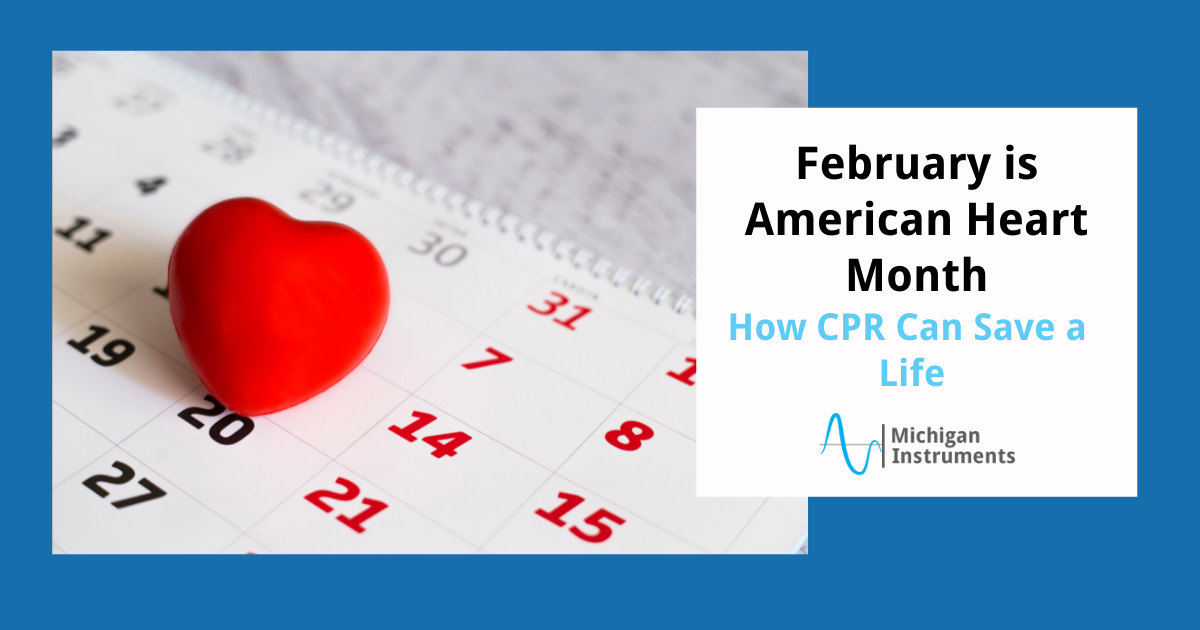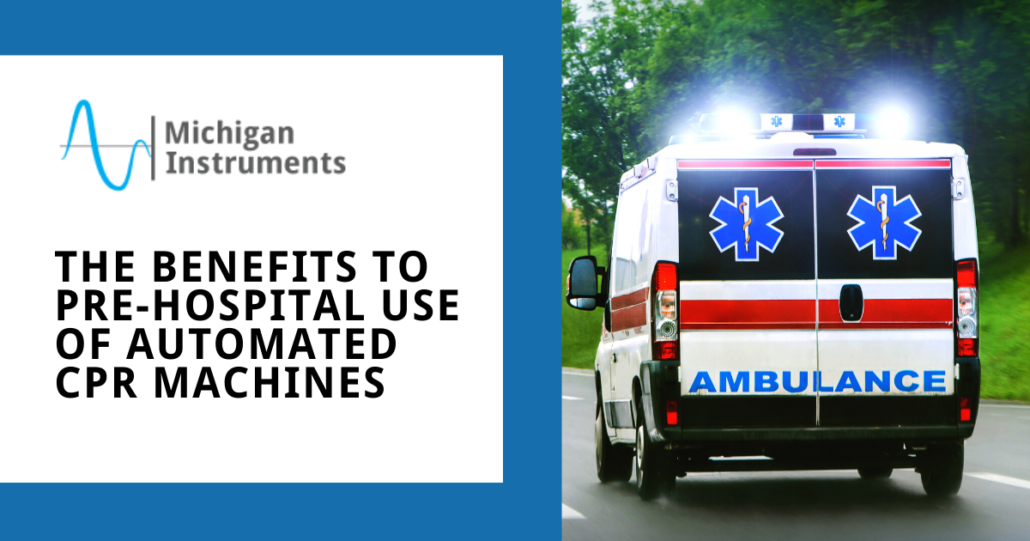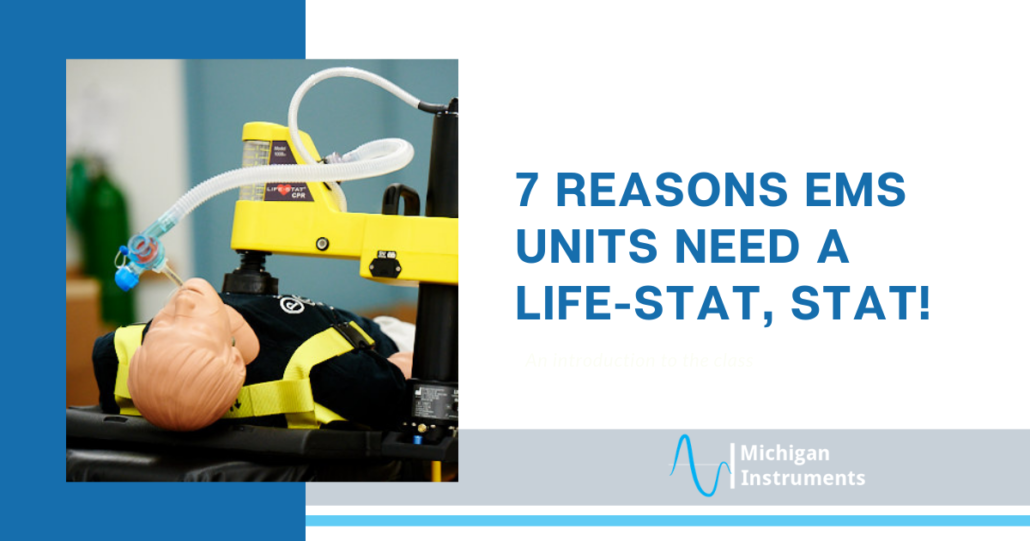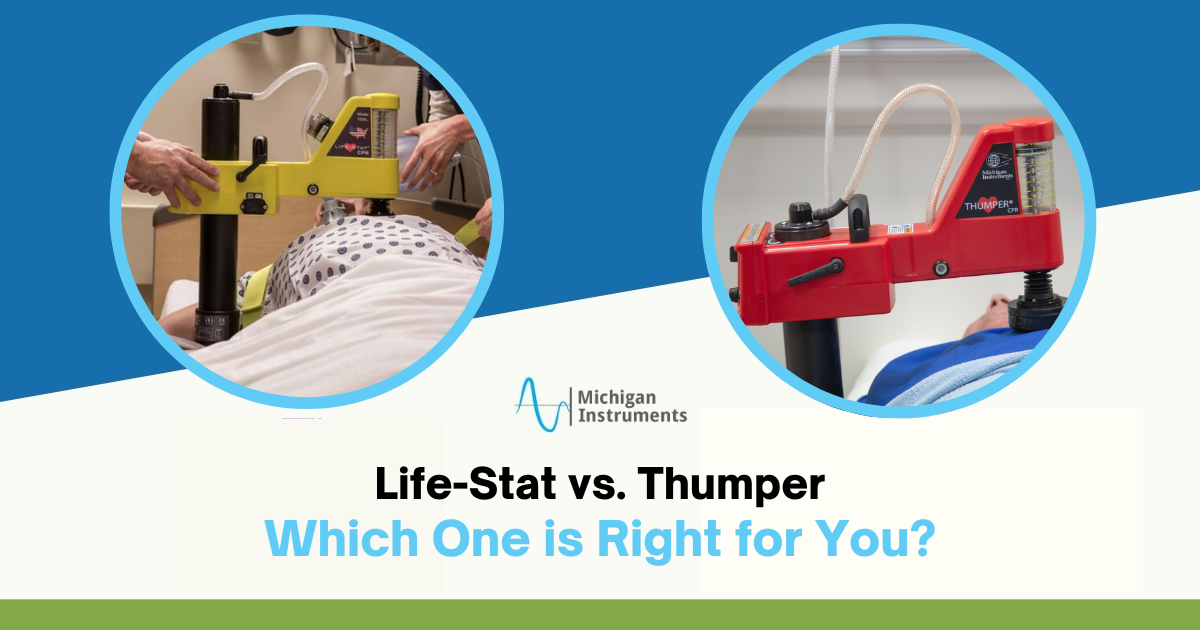
Since the automated CPR machine(s), the Model 1007 Thumper® and the Model 1008 Life-Stat®, are so similar, it can be difficult to know right off the bat which is the best fit for your organization.
Having the right automated CPR machine is important to the safety of your patients.
At Michigan Instruments, we’re here to help you help others. Below, we compare the main features of each device, so you can decide which automated CPR device is right for you.
Quick Set-Up and Easy to Use
Both the Life-Stat and Thumper devices set up quickly and are easy to use. Insert device into back board, lower massager pad, set compression depth, turn on and go. Set up in SECONDS – cycle for HOURS.
Accommodates Larger Patients
Both the devices accommodate larger patients than many other available Automated CPR devices. Both allow usage on a patient with chest height up to 14.5 inches and width up to 22 inches.
Compression Depth Control
Compression depth control is the measurement of compression depth when administering CPR. Both the Life-Stat and Thumper feature adjustable compression depth from 0 to 8 cm (0-3 inches) and are adjustable while in use.
This not only meets but exceeds the American Heart Association’s (AHA) current guidelines of at least 5 cm for an average adult.
Automated CPR Machine: Best Value
The Life-Stat and Thumper are the most cost-effective devices available. With no expensive disposable items, no batteries to purchase or store. Once connected to an O2 source, these devices operate indefinitely.
Ventilation
While most of the other features are the same, this is where the key difference lies—the Ventilation Option. Life-Stat® is built with an option to ventilate the patient at either 30:2 or during continuous compressions – 100 compressions per minute with 9 asynchronous breaths. The Thumper Device provides 100 continuous compressions per minute and no ventilation option.
Currently, the Life-Stat® is the only automatic CPR device on the market that offers a built-in ventilator and meets current AHA CPR guidelines for chest compression and ventilation.
Storing
Both devices are easily stored and ready to use. Therefore, they are light enough to be easily incorporated into a hospital’s “crash cart” and can be set up within seconds.
TRADING IN YOUR AUTOMATED CPR MACHINE
At Michigan Instruments, we offer a trade-in allowance for any manufacturer’s automated CPR device.
If you have any questions, please contact the Michigan Instruments team today! We can help you evaluate which device is suitable for you—and the answer may be both.

